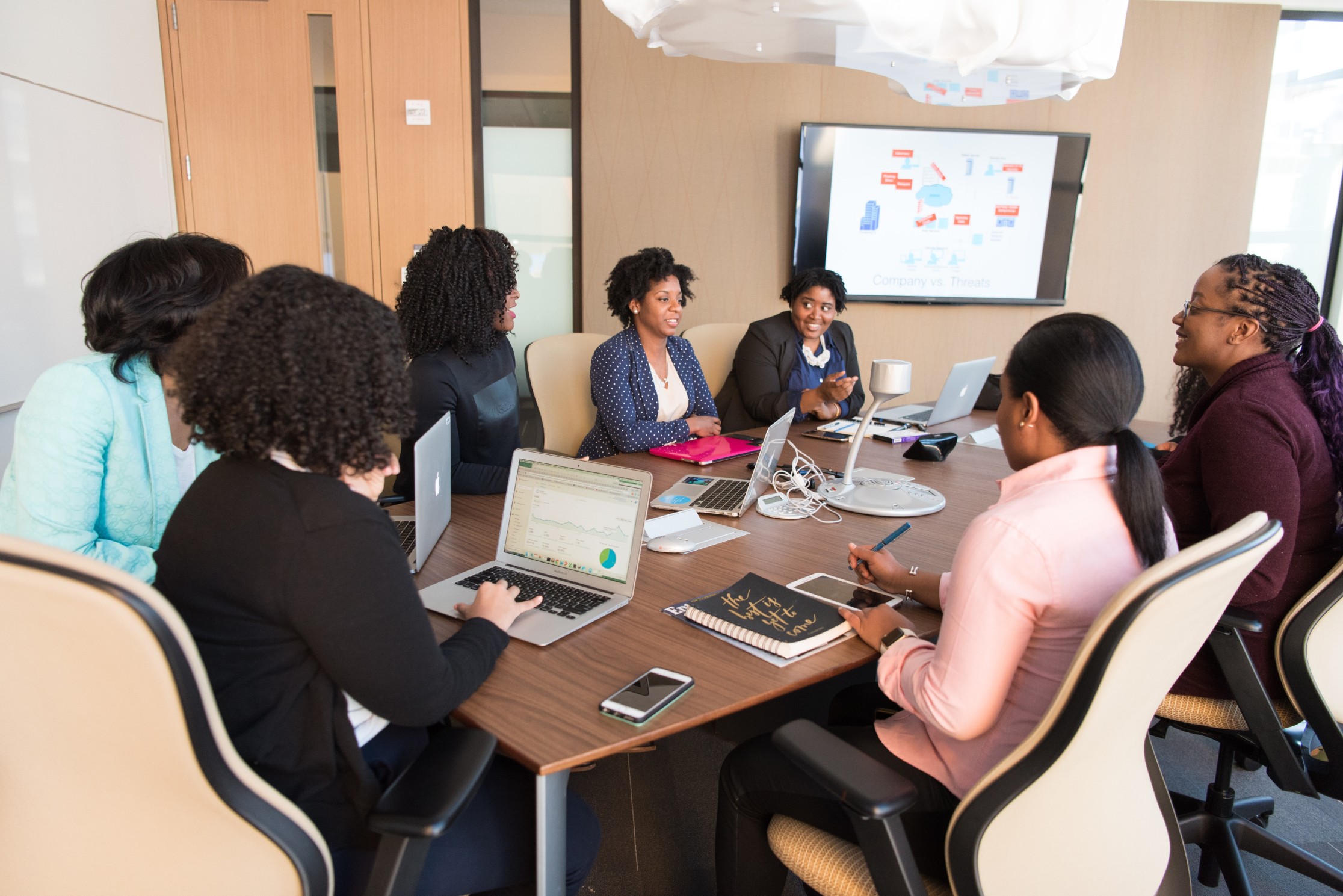
Thriving in Uncertainty
The Role for Adaptive Positive Deviance
Leadership is challenging enough when it seems clear what needs to be done and how to do it. Ralph Stacey and Brenda Zimmermann have called such challenges “simple,” which is not to say they’re easy. It’s just you don’t have to come up with a solution- that’s already been done. What is needed when one is facing challenges with a high degree of certainty is an implementation strategy and then techniques to minimize unneeded and unplanned deviation from what you know works.
But what can leaders do when there is uncertainty as to what to do and what the impact of any intervention will be, what Stacey and Zimmermann call “complex” challenges? A field-tested approach that I and others from the Plexus Institute have used is an approach called Adaptive Positive Deviance (APD). The five components of APD are:
1. Positive Deviance
2. APD Leadership
3. Smart Networks
4. Complexity Lens
5. Adaptive Group Facilitation Techniques
Over the course of five articles I’ll describe the components of this approach, suitable for using when you’re facing an important challenge where no obvious solution seems to exist. Today’s article will focus on the first component, Positive Deviance.
Positive Deviance

Positive Deviance (PD) has been described as follows: In every community (organization, group, town, etc.) there exist individuals or small groups of people who have uncommon practices that enable them to achieve different and better outcomes than their peers. They face the same barriers as everyone else and have access to no extraordinary resources. They’re hiding in plain sight and may not even know they’re doing anything different/better than everyone else; it’s just their way of doing it.
It’s not that these individuals are different; it’s that their practices, their behaviors are different. Somehow, they’ve learned to do things so that they get good outcomes while people around them may be suffering and struggling. Importantly, these practices are available to all – ANYONE should be able to do them. If someone seems to have a PD practice and yet a person in their community getting poor outcomes, upon learning about that behavior says, “I couldn’t do that (even with some help/coaching),” that behavior goes on a list called “TBU: True But Useless.”
The process for identifying PD practices is discovery based and communal. Whatever the challenge is that the community is looking to solve, someone stands that challenge on its head and asks, “Is anyone getting a better outcome than everyone else?” Sometimes this is easily quantified. In early PD work focusing on childhood malnutrition, well-nourished children in very poor families were identified by their weight. In other challenges it may be more difficult to directly measure the presence of PD. We utilized a PD approach to combat the transmission of an aggressive bacteria, MRSA, to the patients at my former hospital.
Knowing it was virtually impossible to determine how and by whom MRSA was transmitted to an individual patient, we asked staff, “If your Mom were a patient here, who would you want to care for them so that she did not acquire MRSA?” Whether it’s data or more subjective information, once there is a hint that PD might be present, the next step is to “go and see.” The community explores what is happening where there appears to be PD to determine how practices there differ from the norm. The community is asked, “Could you do that? What would it take for you to do that?” Then work to support adoption of those practices that everyone agrees could be done broadly takes place.

The primary approach that we used at my institution to identify PD practices is called a Discovery and Action Dialogue. A small group (3-15, ideally 4-8) involved with the challenge are brought together. A facilitator (not a member of the group) asks the following questions:
· How do you know when ______ (the challenge) is present?
· What do you do/what would you ideally like to do to combat the challenge?
· What prevents you from doing that all of the time?
· Do you know anyone (or have you heard of anyone) that seems able to combat the challenge successfully? What do they do?
· What ideas do you have? What needs to take place?
· Who else needs to be involved?
The actions that emerge from these dialogues are owned by the group, not the facilitator. When the group convenes the next time the starting point for the conversation is “What happened? What did you learn?” The dialogue then follows as per above.
One of the most liberating aspects of having a PD framework as a leader/change agent is being relieved of the obligation to come up with a solution. Armed with the true belief that the solutions are out there, in the very community experiencing the challenge, your role becomes one of an explorer and question-asker. When you honestly look to the very people experiencing the challenge for the answers, lots of very positive things happen:
· The people from the community feel appreciated. Formal leaders are asking them to tap into what they have more expertise in than anyone else- their own life experiences- for solutions to the challenge.
· Leaders feel a sense of freedom to discover and learn, filled with a sense of optimism that something good and useful is going to be identified from the PD discovery process.
· There may be a shift in the mindset of everyone from a focus on “what’s broken” to the much more appreciative “what’s working?” With this shift comes increased joy, reduced stress, improved relationships, and increased commitment to the organization.
Give the PD framework a try. When facing an important and serious challenge, say with authenticity, “I have no idea what the solution is, and I’m sure that one or more are out there waiting to be discovered.” In the next article I’ll focus on what leaders need to do to support the APD framework.